Знакомство
Foam pipeline pigs are game-changers in pipeline maintenance. These cylindrical tools travel inside pipes, removing debris and residue. They maintain flow efficiency and prevent corrosion. Their use marks a significant shift from traditional manual cleaning methods. Early pipeline maintenance required labor-intensive scrubbing. Foam pigs introduced a more efficient, cost-effective solution. They reduced downtime and improved safety for workers. As technology progressed, so did pigging techniques. Today, foam pigs are a standard tool for maintaining pipeline integrity and performance. They represent the evolution of pipeline maintenance, blending simplicity with innovation.
The Role of Foam Pigs in Pipeline Maintenance
Foam pigs play a vital role in keeping pipelines clean and efficient. They sweep through, removing deposits and preventing blockages. These flexible cleaners adapt to various pipe diameters, ensuring thorough maintenance. Regular use of foam pigs reduces the risk of corrosion and wear. They also segment different products into multi-product pipelines. In drying operations, foam pigs effectively absorb moisture, protecting against contamination. By preserving pipeline integrity, foam pigs save companies from costly repairs. Their role is indispensable for the longevity and reliability of pipeline systems.
Types of Foam Pipeline Pigs
Light-Density Foam Pigs
Light-density foam pigs are the go-to for simple, routine cleaning and drying within pipelines. They effortlessly glide through bends and around valves, making them highly versatile for various pipeline geometries. Due to their gentle nature, they preserve the integrity of the pipeline’s interior, minimizing the risk of damage during maintenance operations. These pigs are particularly useful for tasks that require regular attention, such as removing liquids and light deposits. However, their softer structure isn’t suited for more aggressive cleaning tasks and may fall short in dealing with tougher grime or debris, potentially tearing when faced with rugged pipeline conditions.
Medium-Density Foam Pigs
Medium-density foam pigs offer a happy medium, boasting a design that’s both flexible and sturdy enough to tackle more stubborn build-up. They are adept at handling moderate cleaning and scraping tasks, making them a practical choice for pipelines with slight imperfections or medium-level deposit accumulation. Often, they can be coated with abrasives to boost their cleaning efficiency. While they provide a deeper clean compared to their light-density counterparts, they might not completely remove very tough deposits, and there’s a balance to be struck between abrasiveness and the potential for pipeline wear.
High-Density Foam Pigs
For the most challenging cleaning jobs, high-density foam pigs stand out as heavy lifters. They’re specially designed to take on severe scale, wax buildup, and other forms of heavy debris that can plague pipelines. Their robust construction is also ideal for extensive pigging operations that cover great distances within the pipeline system. The longevity and durability of high-density pigs are unmatched, although their aggressive nature requires careful deployment. They might not be the best option for pipelines that are delicate or showing signs of deterioration, as their intense scouring action can exacerbate existing issues or cause new ones if not used appropriately.
Applications of Foam Pipeline Pigs
Cleaning and Maintenance Tasks
Routine cleaning with foam pipeline pigs prevents deposit accumulation inside pipes. These pigs sweep through, dislodging dirt and minimizing the need for repair. They keep pipelines running smoothly, ensuring optimal flow rates and preventing downtime. For combating corrosion and build-up, foam pigs are the first line of defense. They remove corrosive agents and sediments that can degrade pipeline integrity.
In batching operations, foam pigs prove indispensable. They separate different liquids, ensuring product purity during transport. This separation is critical in multi-product pipelines, where cross-contamination can lead to quality issues and potential losses.
Drying pipelines is another area where foam pigs excel. They absorb residual moisture after hydro testing or cleaning, which is crucial to preventing corrosion. For wiping tasks, they ensure the pipeline interior is clean and dry, achieving the highest levels of cleanliness required for maintenance or inspection.
Заключение
In conclusion, foam pipeline pigs are essential allies in the quest for pristine pipelines. They offer a versatile and efficient approach to pipeline maintenance, revolutionizing the industry’s standards. From routine cleanings to tackling severe blockages, foam pigs cover an impressive spectrum of tasks. They safeguard product quality, enhance operational efficiency, and extend the life of pipeline infrastructure. As the demands of the pipeline industry evolve, foam pigs will undoubtedly continue to play a pivotal role. They are not just tools but catalysts for progress in pipeline management.



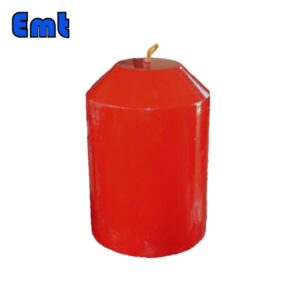
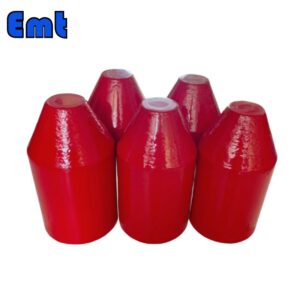
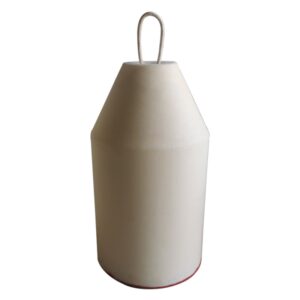
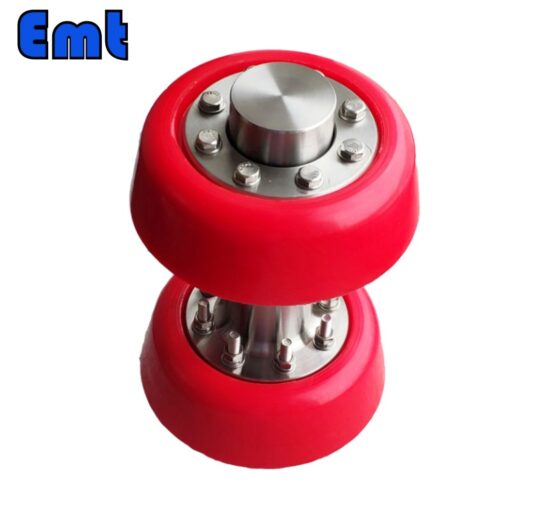
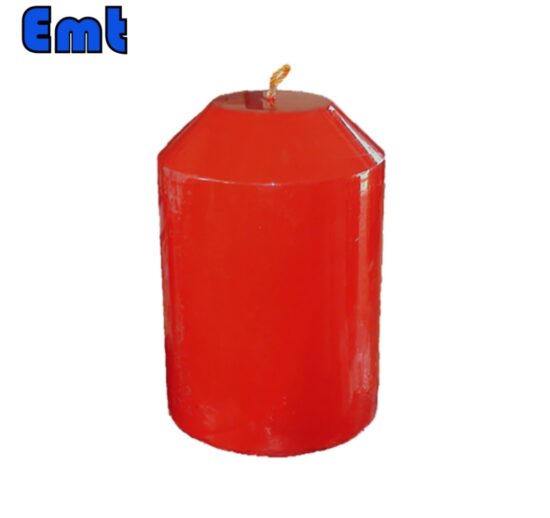
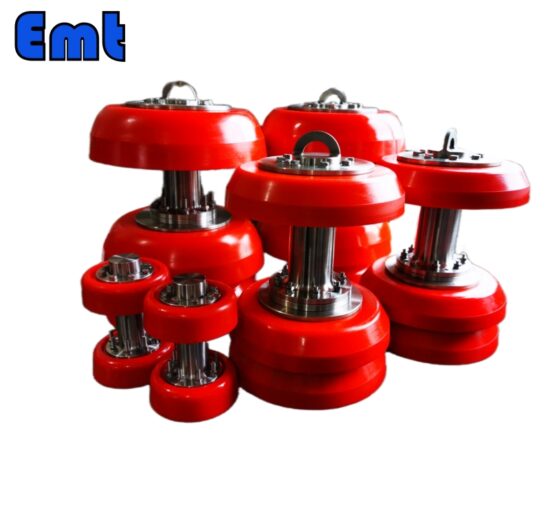
Отзывов пока нет.